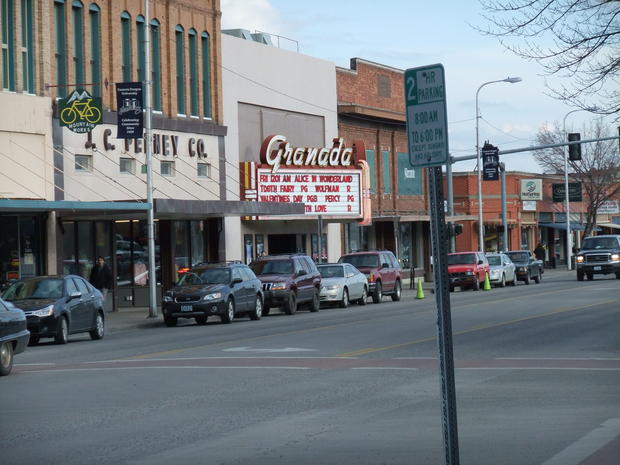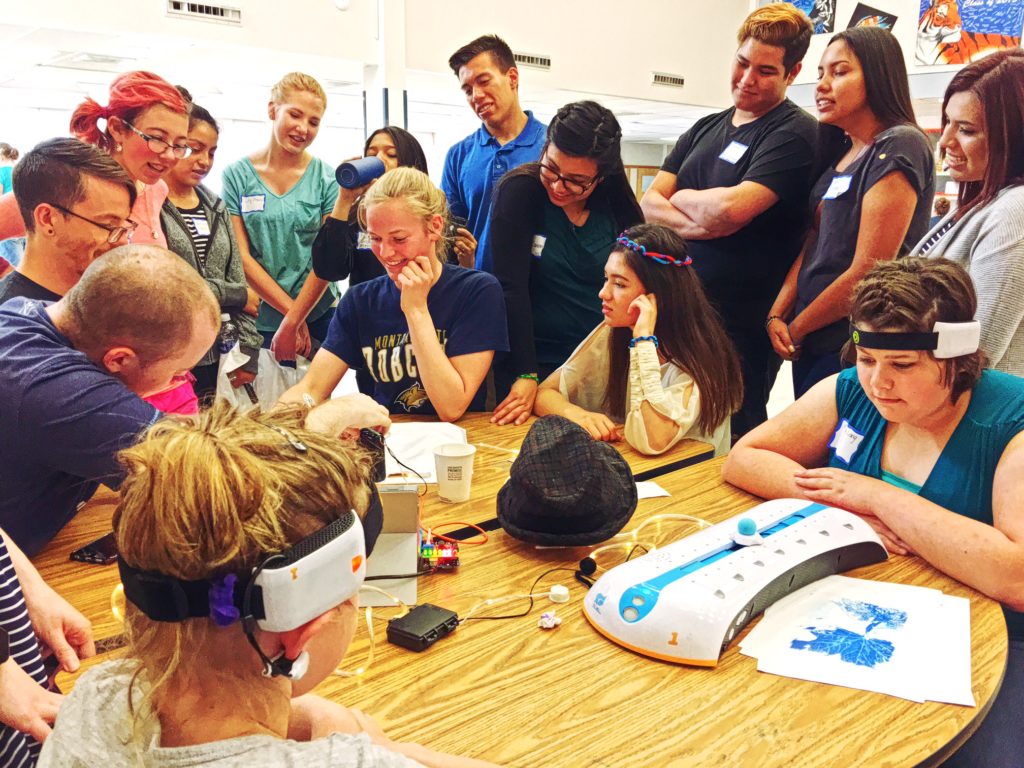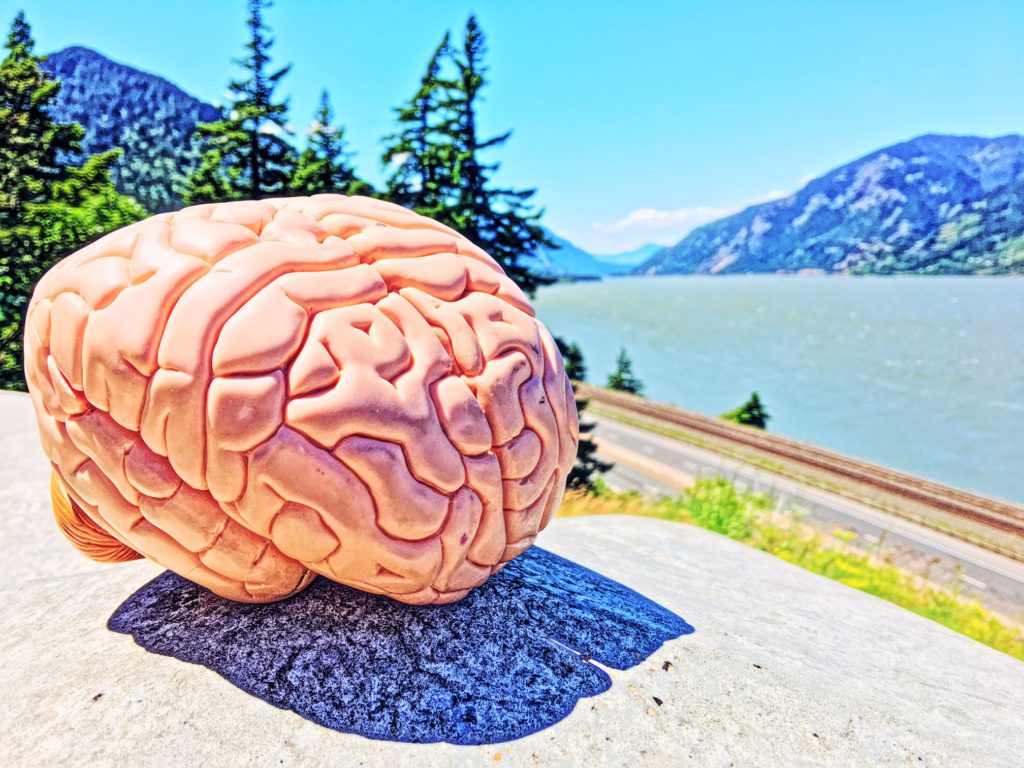I’m a computer guy. So when I drive through cities, I’m always drawn to the technology that’s woven into everything — the stoplights and streetlights, theater marquees, digital clocks and billboards. I imagine the twists of cables inside each of them, winding down from the bulb to the controllers that switch the lights on and off in perfect sequence, spelling out messages — “Stop”, “Go”, “Now Playing”, “5:35 PM”, “Best coffee in town.” So, as students from up to two hours away all gathered at La Grande High School to learn about their brains and nervous systems, it occurred to me how like the technology of a city our bodies are. Just like the cables running from controller to bulb, our motor cortex sends electrical signals down through our nerves to contract our muscles in perfect sequence, allowing us to walk, talk, and interact with the world around us.
We were invited to La Grande by the Northeast Oregon Area Health Education Center (NEOAHEC). To demonstrate the electrical nature of our nerves, Noggin set up an electrophysiology table for the students to visit. Brad Dowling and I ran the “human-to-human” interface created by Backyard Brains at the table and got a lot of interest from the students.
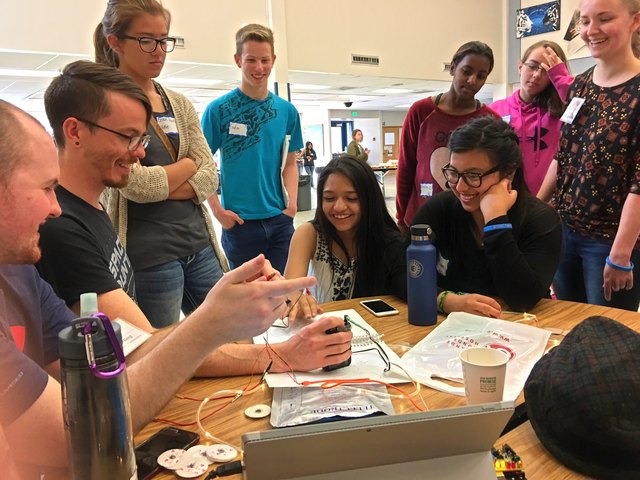
This device uses electrocardiogram (EKG or ECG) electrodes on one person’s arm (the “sender”) connected to an arduino microcontroller.
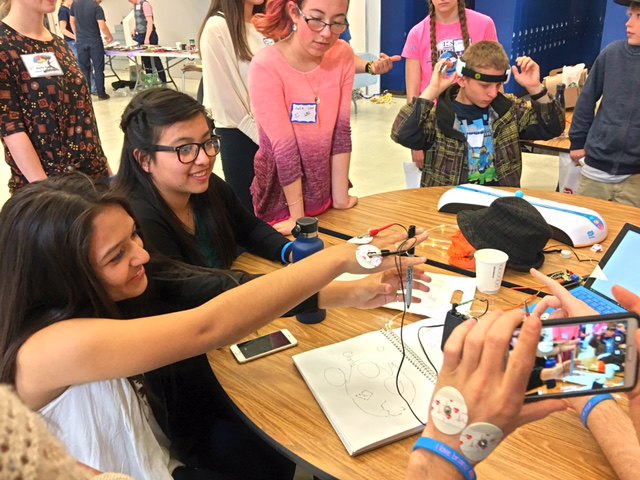
The arduino is a small computer which reads the electrical activity of the sender’s muscles. When the sender flexes, the arduino sends a “power on” signal to a nerve stimulator that is connected to another person’s arm (the “receiver”). This stimulator (called a TENS, or Transcutaneous Electrical Nerve Stimulation, unit) sends low levels of electrical current into the nerves that control the receiver’s muscles.
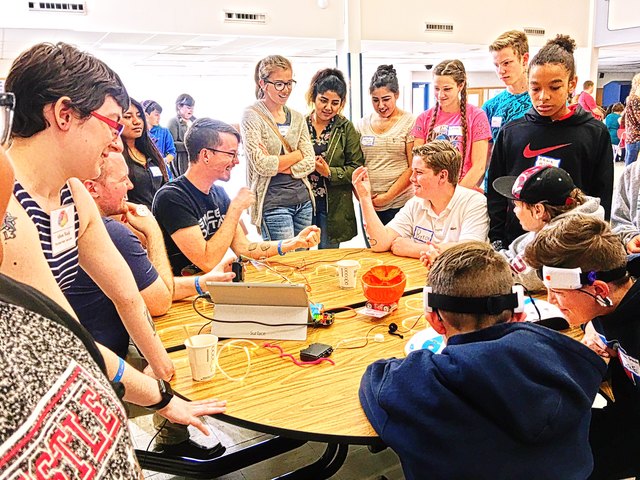
The end result is that when the sender flexes their arm muscles, the receiver’s nerve gets a small shock that makes their muscle move.
We had a lot of fun with this (as you can tell from the video), but, more importantly, the students learned how nerves work. Each student walked away with a new understanding of the electrical nature of their muscles, nerves and brain. A few of the students even stuck around far after the event had ended and continued asking questions and placing the electrodes on different muscles to see what the result would be. It was great seeing them be empowered (that’s not a pun) to explore, make predictions, and try to explain what’s happening. You could see the lights going off in their heads as they made the connections (okay, now those were puns) between which nerve made which muscle move. When one of the school’s administrators came over asking how the device worked, the students all excitedly chimed in about nerves and electricity and muscles, which made me smile.
I always have a great time running this demonstration, but this particular event was different. These students, for whatever reason, all seemed to retain a lot of the lessons that our group came to deliver. Some of us assumed that it might be the frontier counties a lot of the students came from, or the fact that some bussed in from over 2 hours away. Maybe LaGrande just has a lot of great students. But, either way, the experience was tremendous and reminded all of us why we love volunteering with NW Noggin.
Read about the other booths we set up and the whole trip here:
Blue Mountain Brains
Post written by Kirk Wydner, Noggin Volunteer and Resource Council Member for Technology



